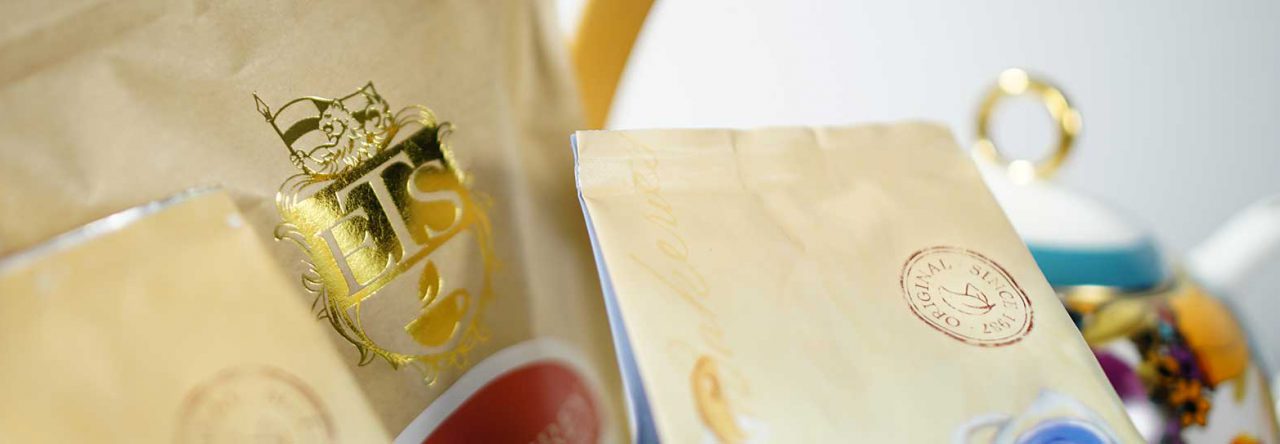It seems that the Internet exists to presents us with a seemingly endless flow of novelties and gimmicks – and you can also go there to pay your electric bill. Many of the novelties seem to fall into the category of frivolous time wasters, but occasionally you run across one that seems to be a little more worthwhile. Take the Ngram Viewer, for example, which is apparently part of an ongoing attempt to take over the entire world, but without doing evil.
The Ngram Viewer, for those who might not have encountered it before, tracks the usage of words over a period of time that you can specify. Or, as the Ngram people put it, “When you enter phrases into the…Ngram Viewer, it displays a graph showing how those phrases have occurred in a corpus of books (e.g., “British English”, “English Fiction”, “French”) over the selected years.”
Which seems a bit less frivolous than videos of cats playing the piano and whatnot, and its rather entertaining in its own right. My first thought upon encountering it was to track a variety of tea terms, which produced some interesting results.
The obvious place to start, of course, is with the word “tea” itself. Which first turns up in the first decade of the century. For whatever reason there is a significant spike in usage just after 1660 before things calm down again. [Editor’s note: That year is about a half century after tea was introduced to Europe.] From here it’s pretty much a steady rise until the 1930s and then a slump until the early 1970s when it turns abruptly upward and continues to do so until the present time.
Green tea doesn’t really turn up until after 1740 and then spikes over the course of the next two decades before settling down. It spikes again around 1850 and then dwindles for another century or so. Then, not surprisingly, given its great popularity these days, takes a dramatic upswing. Black tea describes a similar path, with less variation at either end, and oolong and white tea are about the same, but decidedly less popular than the aforementioned types, as one might expect.
None of which comes across as well in print as it does with the visual component included. If you’d like to see it and more all laid out on the (web) page, look here.
See more of William I. Lengeman’s articles here.
© Online Stores, Inc., and The English Tea Store Blog, 2009-2014. Unauthorized use and/or duplication of this material without express and written permission from this article’s author and/or the blog’s owner is strictly prohibited. Excerpts and links may be used, provided that full and clear credit is given to Online Stores, Inc., and The English Tea Store Blog with appropriate and specific direction to the original content.



Leave a comment